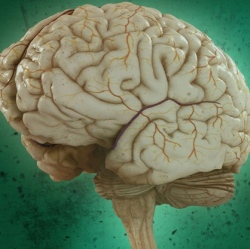
Researchers identified the parts of the brain that are active in making memories and the parts that store long- and short-term memories. We thought we knew that memory retention was a function of relevant neurons being active, as well, but new research published in Science shows that that may not always be the case.
A team from the University of Wisconsin-Madison has discovered that applying an electromagnetic field to specific parts of the brain can reactivate recent memories. By applying the field using a technique called transcranial magnetic stimulation (TMS), the researchers found they could make a memory that didn’t seem to be active in a person’s brain according to traditional monitoring methods appear active again, according to the study.
In the study, the researchers would ask a participant to remember two different types of information, such as a word and a face. When the researchers would target the part of the brain where short-term memories of words are stored with the TMS, the subject would feel prompted to recall the word they’d be asked to remember, even if they were being verbally told they’d soon be asked a question about the face.
While determining how the brain decides what information to retain as a working memory and what information to set aside isn’t clear, this new study shows how it’s possible to bring latent memories to the foreground. “We think that memory is there, but not active,” Bradley Postle, one of the researchers involved with the study, told Neuroscience News. “More than just showing us it’s there, the TMS can actually make that memory temporarily active again.”
